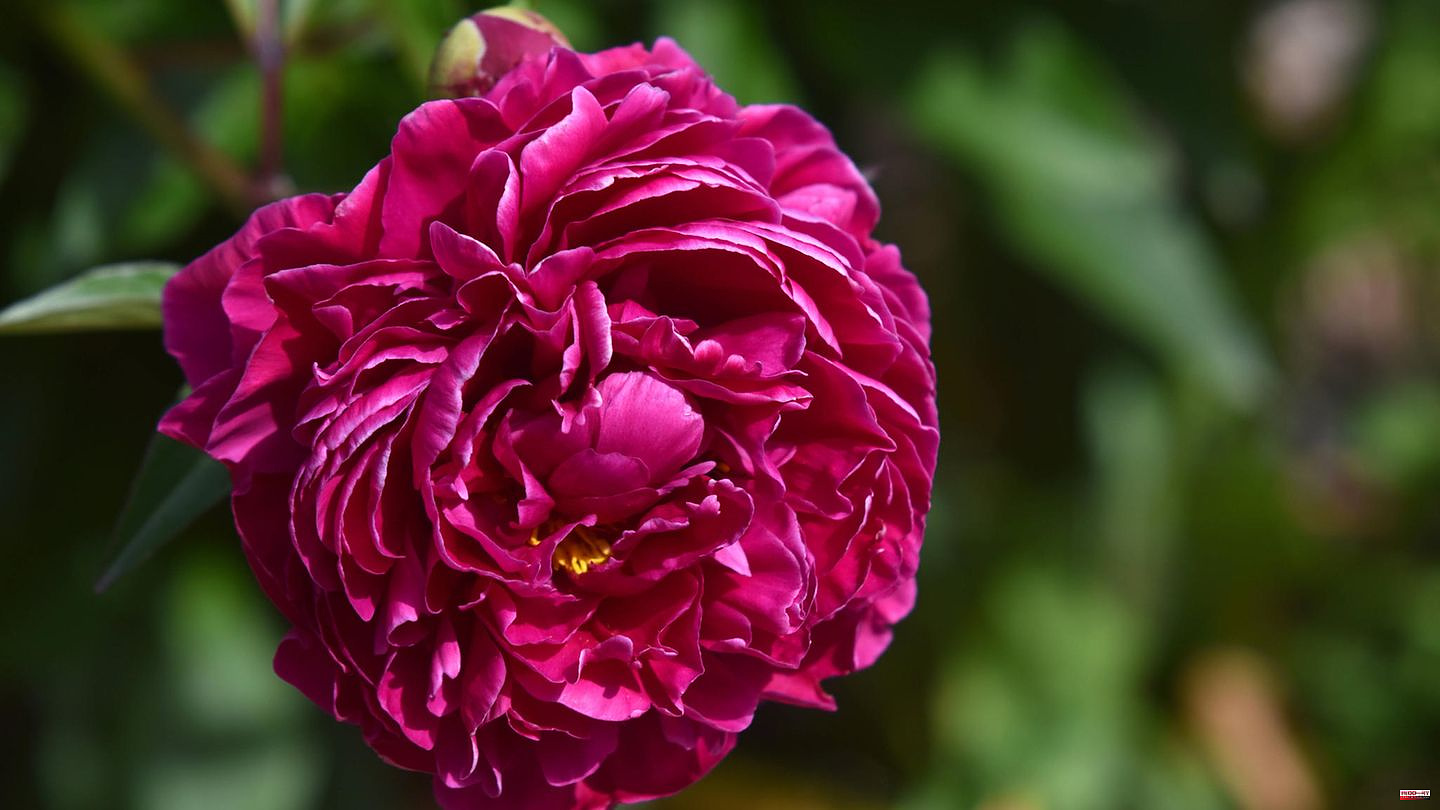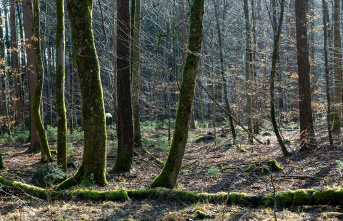It may sound absurd, and yet, shortly before the end of the gardening year, hobby gardeners should not only winterize the arbor and empty the rain barrel. Peonies will only delight their viewers in a few months - but they only do that if they are "styled" again with secateurs before the first frost. In this article you can find out which growth forms should be cut back in autumn and what needs to be considered.
Before gardening shears or pruning shears are used, it must be clear whether your peony is a perennial or a shrub. Shrub peonies form woody branches that can grow up to three meters long. Important: They lose their leaves in autumn and lay the buds for flowering next spring in the leaf axils of the new shoots that have already grown. They are also known as tree peonies. In contrast, perennial peonies sprout new from the ground every year and form a colorful and magnificent flower on each stem. As a rule, the individual shoots are about one meter high.
Like some other flowering perennials, perennial peonies can be cut back until mid-November. This isn't rocket science. Boldly snap off the aerial part of each shoot a few centimeters above the ground. The clippings can be disposed of in the compost with a clear conscience and should not be left in the bed. When cutting, make sure the blade of the scissors is clean. Ideally, the herbaceous and slightly softer parts in particular should be cut with so-called bypass scissors. In contrast to ordinary pruning shears, it has two sharp blades that ultimately only leave a small cut, giving pests and pathogens little chance.
Tip: Disinfect the blades of the scissors with a few drops of alcohol before cutting back.
Important: Never cut back the perennial peony immediately after the flowering period. You shorten the incredible lifespan of the early bloomer. It is believed that properly cared for peonies open their flowers up to 100 times.
So be patient until all the leaves and stems have withered. The plant has then secured all the leftover nutrients and stored them in the rootstock for the next flowering. The more nutrients are stored there, the more flowering the peony is after the winter. A solid layer of mulch from the compost helps to better protect the buds in the rootstock from the frost. If you don't want to take any risks, leave the withered stems and leaves and only cut the shoots close to the ground in early spring. In this case, they serve as a barrier against the cold and protect the overwintering buds from frost damage.
Young shrub peonies are sensitive and much more sensitive to frost than their herbaceous counterparts. The tips of the shoots are the most likely to protect the still hidden buds from temperatures below freezing. Therefore, the scissors should not be started here until February. And only moderately and if absolutely necessary. For example, frozen branches and dead wood that can be cut just above the ground are dispensable. Even wild shoots can go. Overall, however, the following applies: If you go too briskly with shrub peonies, you risk catching buds that have already formed. An irretrievable loss.
Important: In autumn, remove dead leaves that are still hanging between the branches of the peony. Fungi love the damp, old leaves and could harm the plant.
In contrast to perennial peonies, the shrubby conspecifics become so lignified after a few years that their branches can only be cleaned with a hand saw. Here, too, it is important that the saw blade is sharp and that it is disinfected with a little alcohol before work.
Sources: "gartentipps.com"; planopedia; my beautiful garden
This article contains so-called affiliate links. There is more information here.












